Powered Ride-On Toys for Kids - ATVs Manufacturer | Safe
What I’m Seeing in Powered Ride-On Toys Right Now (and a Closer Look at a 12V Workhorse)
If you track kids’ mobility gear the way I do, you’ll know momentum is with compact, safer 12V platforms. For a solid example, see powered ride-on toys for kids - atvs manufacturer—a product niche that’s quietly becoming smarter, sturdier, and easier for retailers to stock.

Industry trends, briefly
- 12V over 6V for torque on grass and pavers; 24V reserved for older kids. - Parents ask for EN 71 marks, stable four-wheel bases, and sensible runtime. - Retailers want repeatable QC, consistent cartons, and ports close to northern China routes (hello, Tianjin).

Product snapshot
Model LF-3.0 from LF (Origin: Pingxiang County, Hegumiao Zhen Dong Jia Cun, Xingtai, Hebei, China). It’s listed as a unisex ride-on car (kids 3–8 yrs), yet insiders will recognize the dual 380 motors—classic small-ATV/UTV drive behavior. To be honest, the “car vs. motorcycle” label pops up interchangeably in supplier catalogs; what matters is the drivetrain and shell quality.
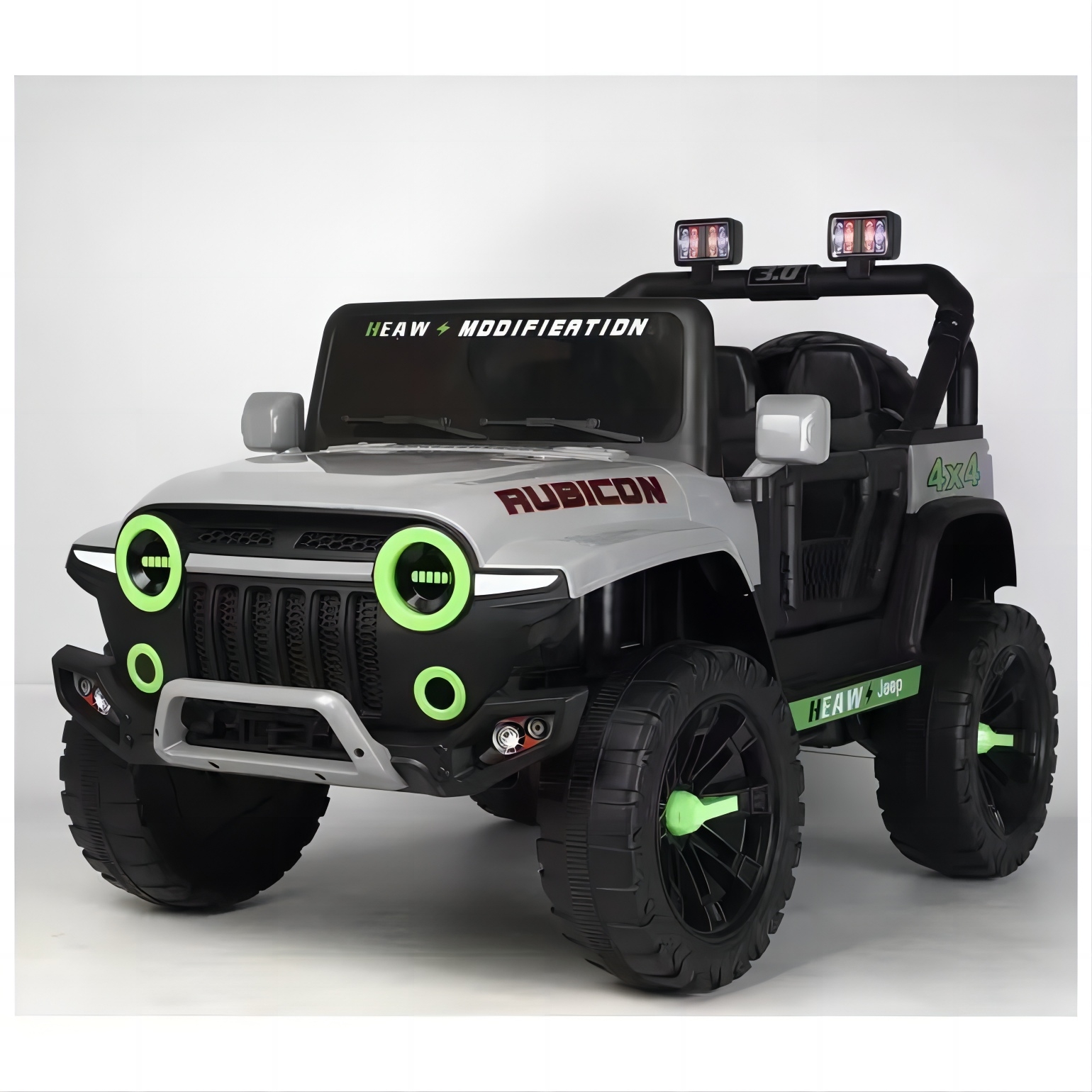
| Spec | Details (≈ real-world use may vary) |
|---|---|
| Battery | 12V 4.5Ah (1 pack; sealed lead-acid or equivalent) |
| Motors | 2 × 380 motors |
| Dimensions | 110 × 62 × 68 cm; 4-wheel chassis (PP shell) |
| Carton | 107 × 58 × 36 cm; 1 pc/ctn |
| Colors | Red / White / Yellow / Gray |
| Cert | EN 71 (declared) |
| Runtime | ≈ 45–75 min @ 20–25°C, 20–30 kg rider |
| Charge time | ≈ 6–8 h (typical) |
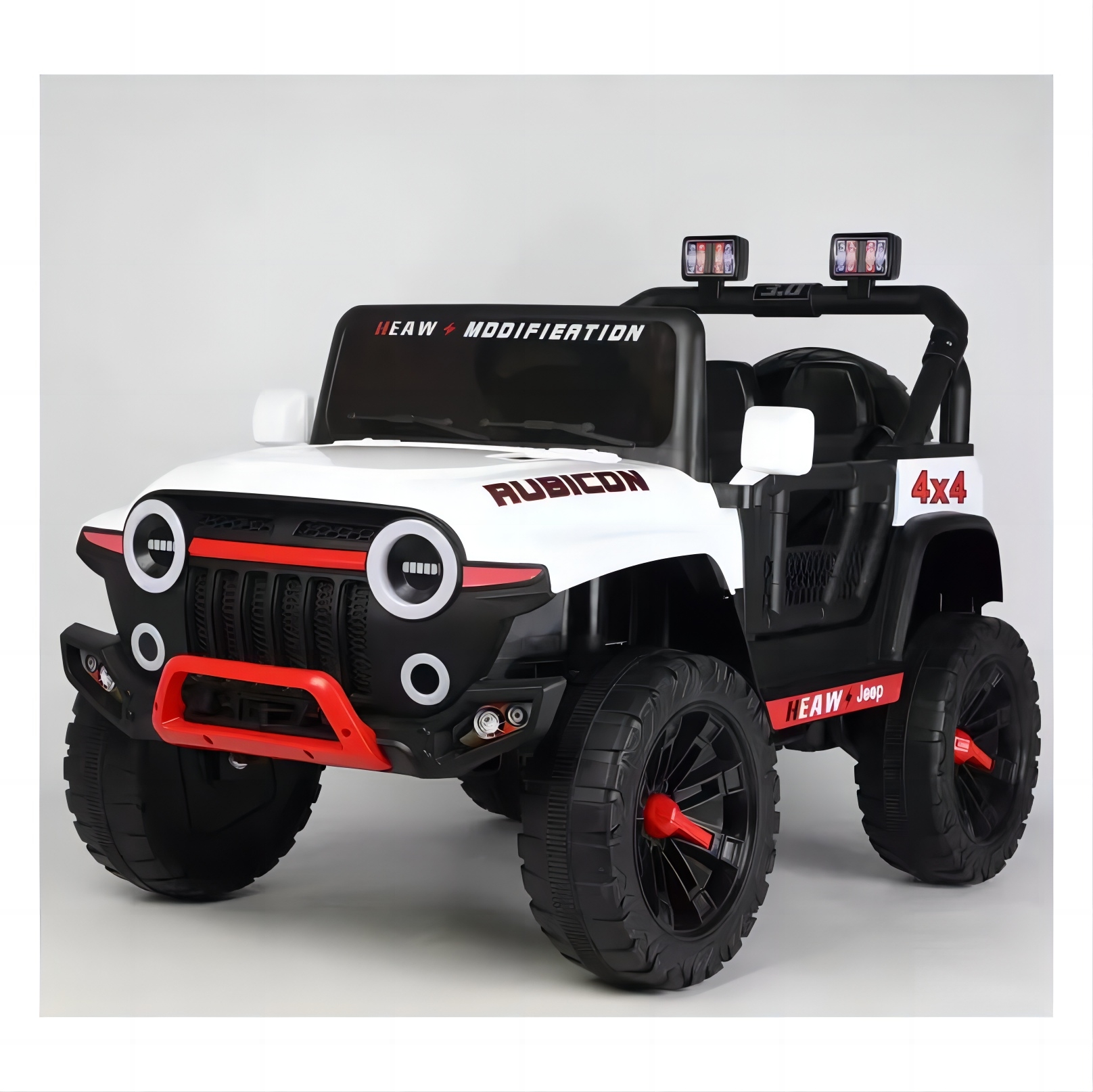
Materials, build, and testing
- Materials: PP body panels (impact-resistant), steel axle, PU/PP wheel mix on many trims. - Methods: injection molding; ultrasonic welding at stress seams; screw-boss reinforcement at footwells. - Validation: EN 71 mechanical tests (sharp edges, torque/tension, drop), flammability screening, and EN 71-3 migration for paints. Battery lots are typically function-tested for charge/over-discharge protection. Service life? Chassis ≈ 2–3 seasons family use; battery ≈ 200–300 cycles with proper care.
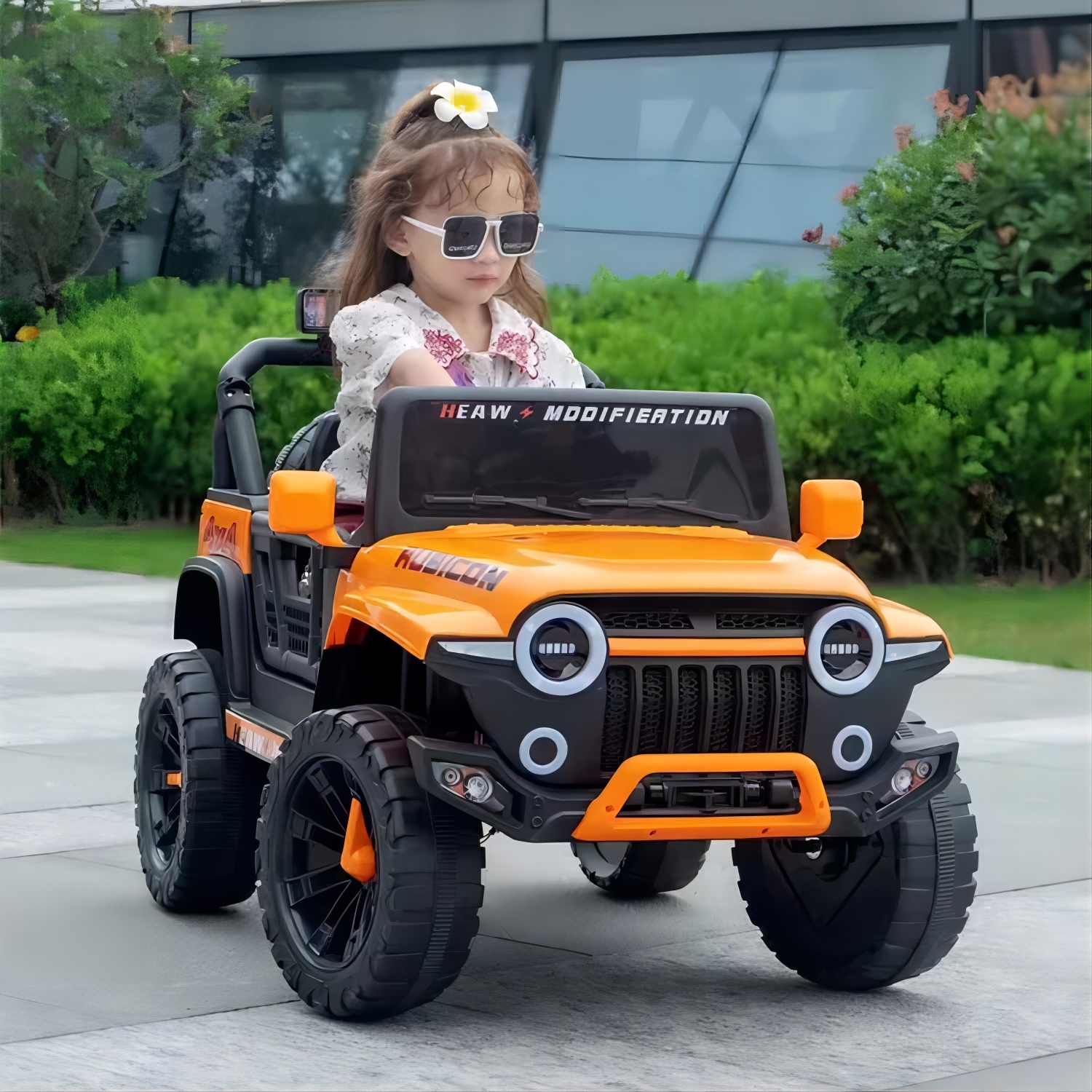
Where it shines
Backyard paths, paved courtyards, short grass. Community fairs and school fun-days, too. Many customers say the dual-motor layout feels “surprisingly punchy” on gentle slopes, which tracks with the 380 spec.
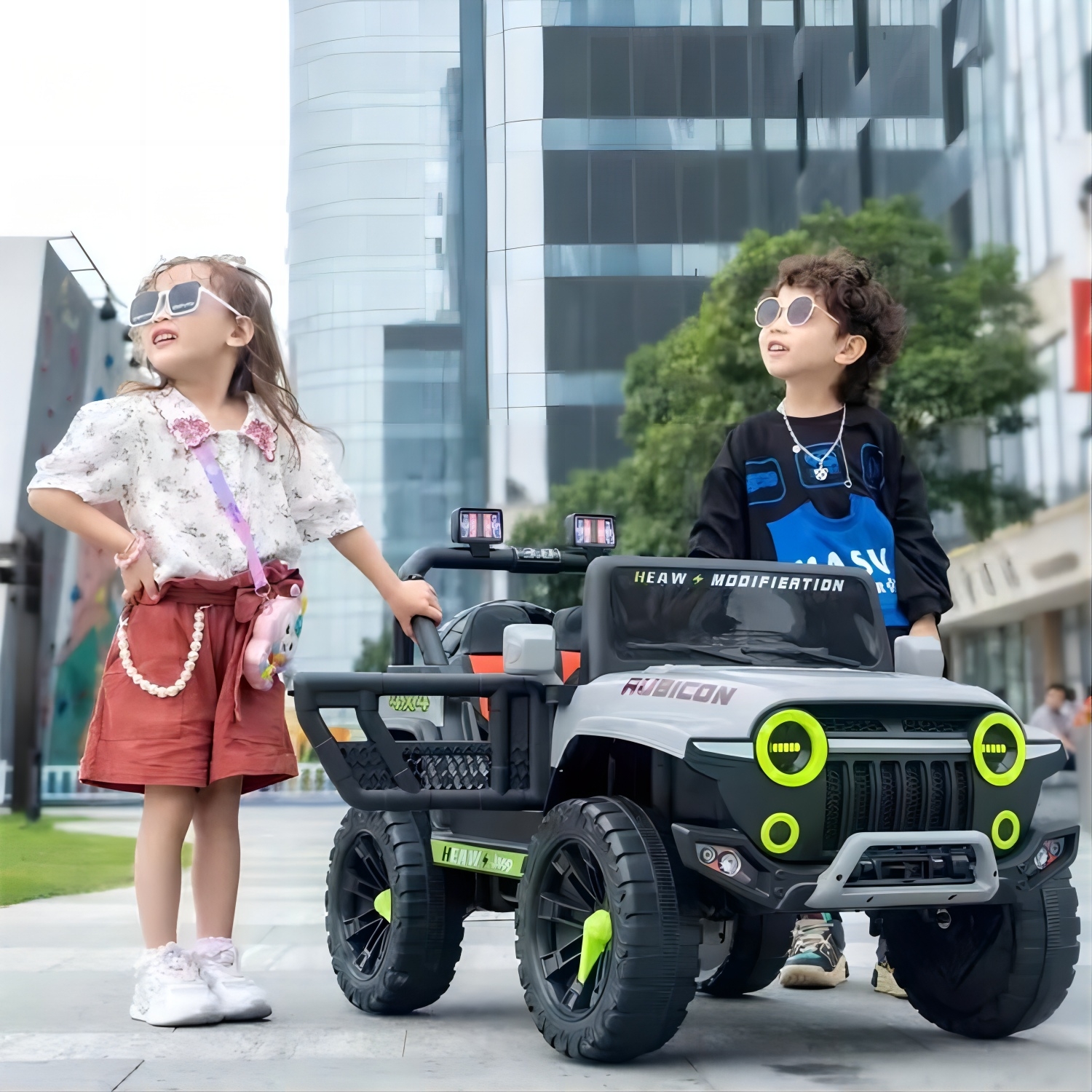
Advantages I notice
- Stable four-wheel stance; kid-friendly center of gravity. - Sensible carton for e-comm (single SKU, manageable volumetric). - EN 71 declaration up front, which saves time in EU onboarding.

Quick vendor comparison
| Vendor | Battery | Motors | Certs | Lead time | Customization |
|---|---|---|---|---|---|
| LF (LF-3.0) | 12V 4.5Ah | 2×380 | EN 71 (declared) | ≈ 25–35 days | Colors/logo; pack art |
| Factory A | 12V 7Ah option | 2×390 (option) | EN 71/ASTM (on request) | ≈ 35–45 days | Broader molds |
| Trading Co B | 12V 4.5–7Ah | Mixed | Varies by OEM | ≈ 30–50 days | Branding-centric |

Customization and packaging
Color swaps, logo badging, and carton language are the usual levers. Port is Tianjin—useful for North China consolidation. Ask about optional battery upgrade paths if your channel needs longer runtimes.
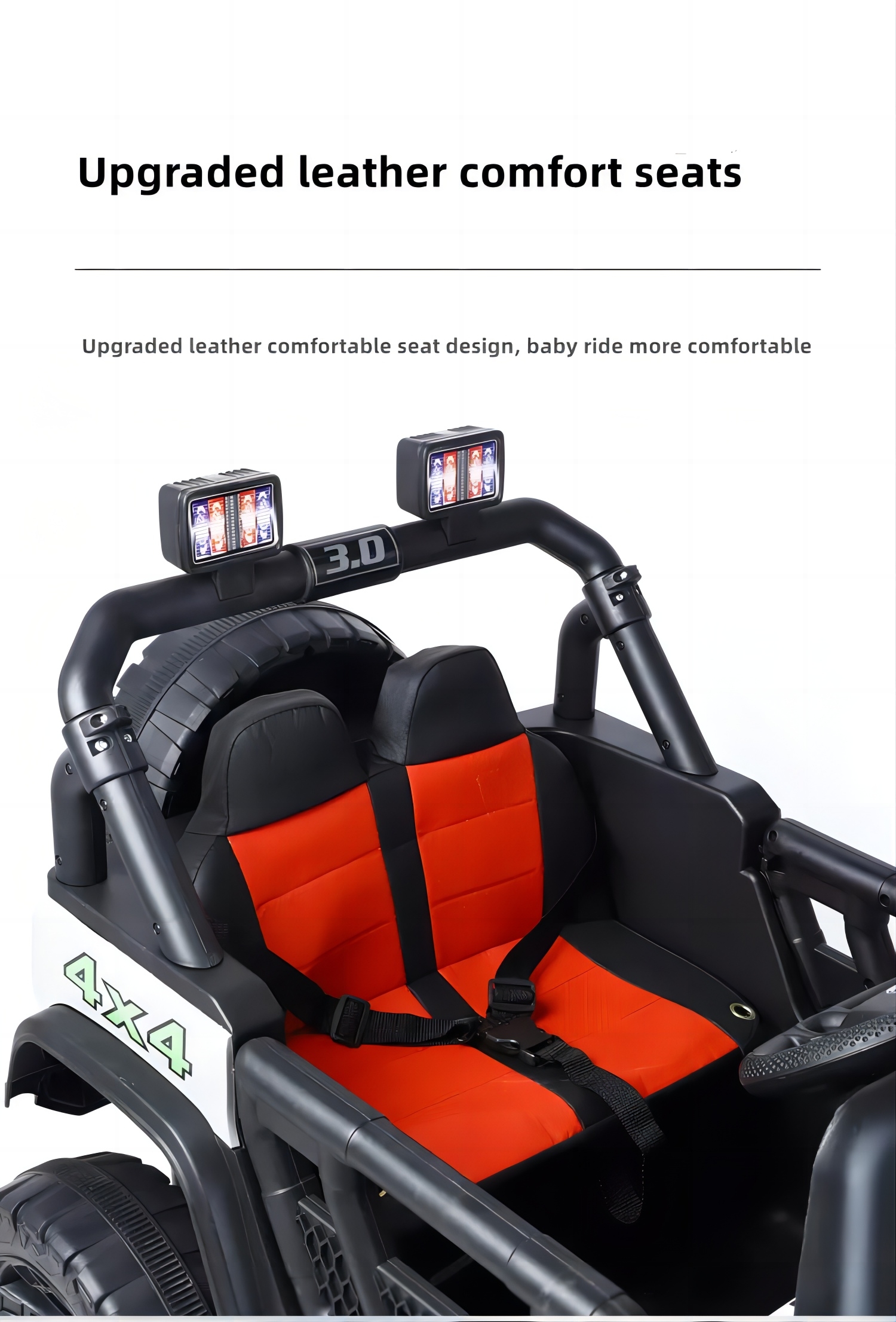
Quality checks I’d request
- Incoming PP resin lot traceability. - Battery capacity verification (C20), and charger output under load. - 100-cycle motor endurance bench. - EN 71-3 lab report aligned with final pigments/inks.
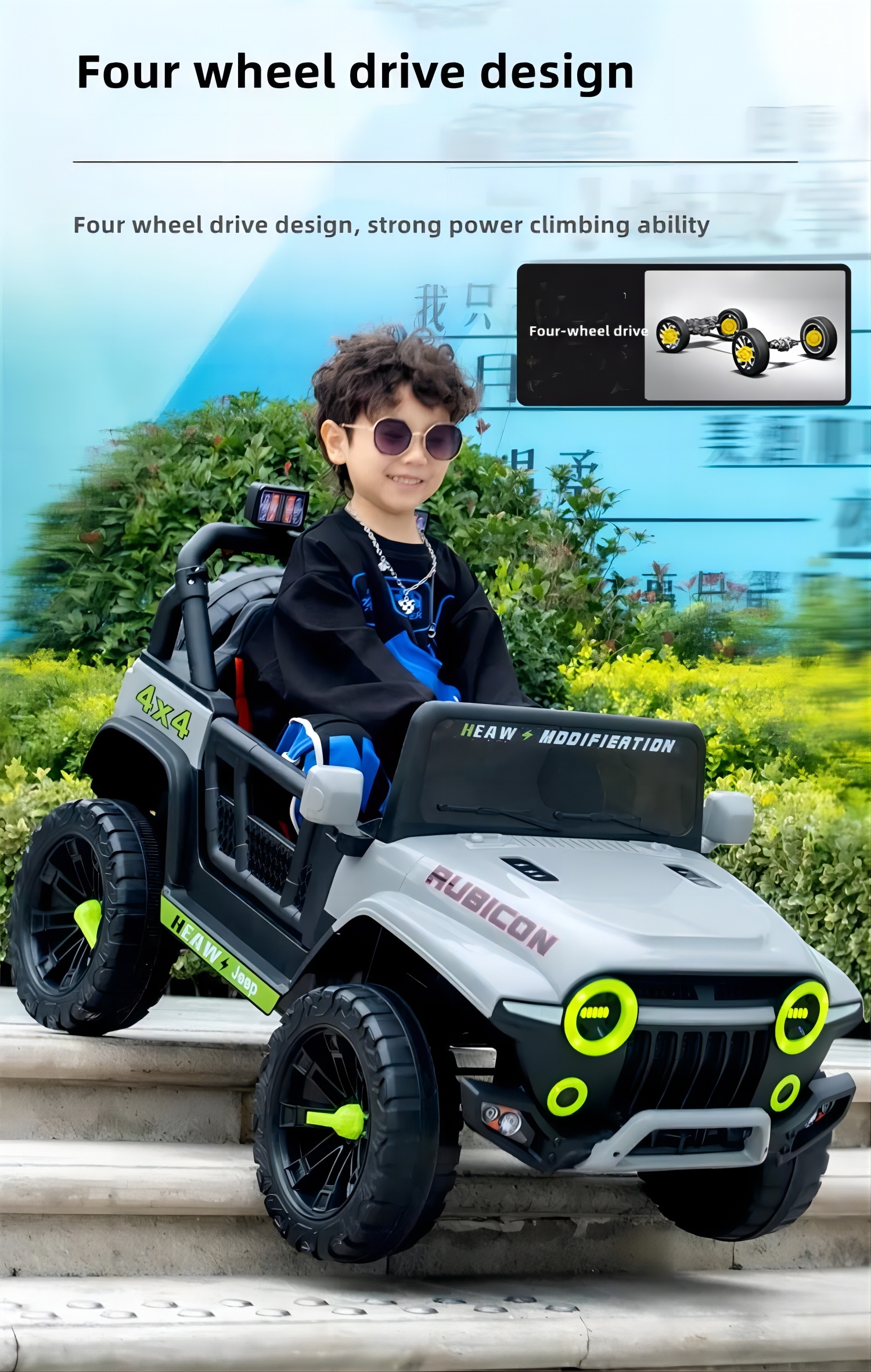
Use scenarios and safety
Flat surfaces, dry conditions, supervised play. Helmet culture is a win, even at low speeds. Keep charging off the ground and away from flammables. It seems obvious, but reminder: check wheel hubs for debris after rides.
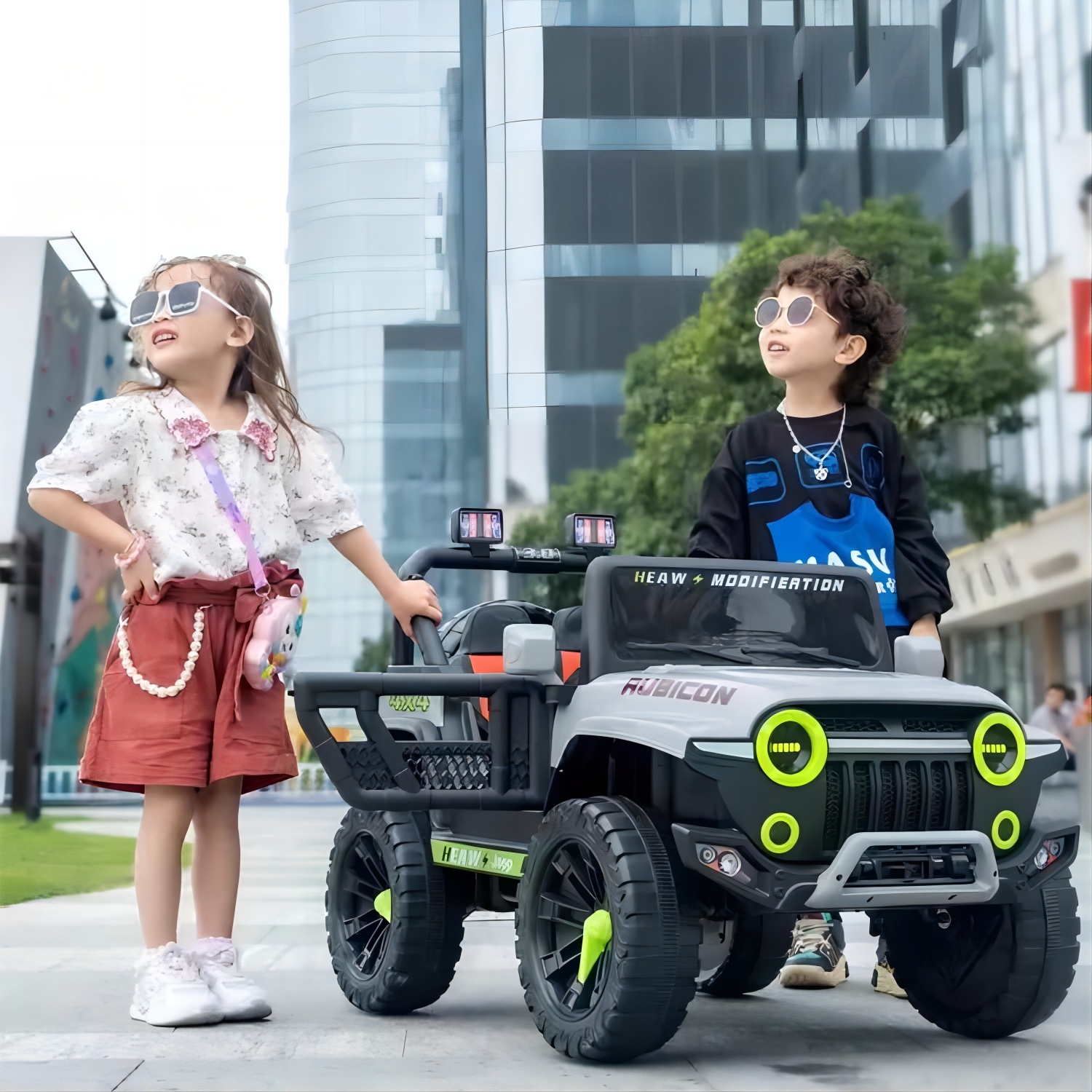
From Hebei’s cluster, this line sits in the sweet spot for powered ride-on toys for kids - atvs manufacturer buyers who need consistent cartons and a clean EN 71 narrative. In fact, that’s half the battle for EU onboarding.
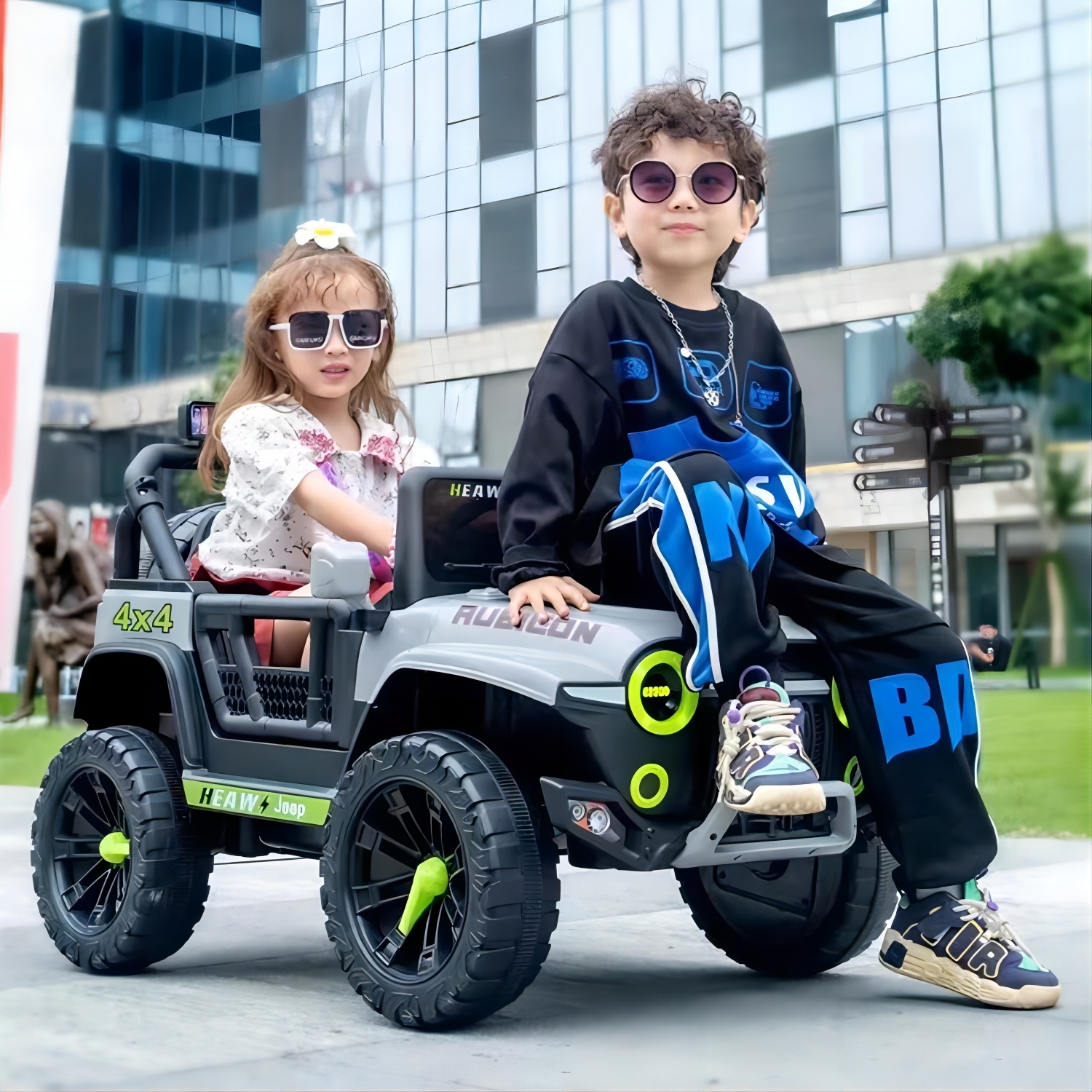
Testing note: I’d log ambient temps and rider mass in your reviews; runtime varies a lot. Also, cycle batteries monthly off-season—simple habit, longer life.
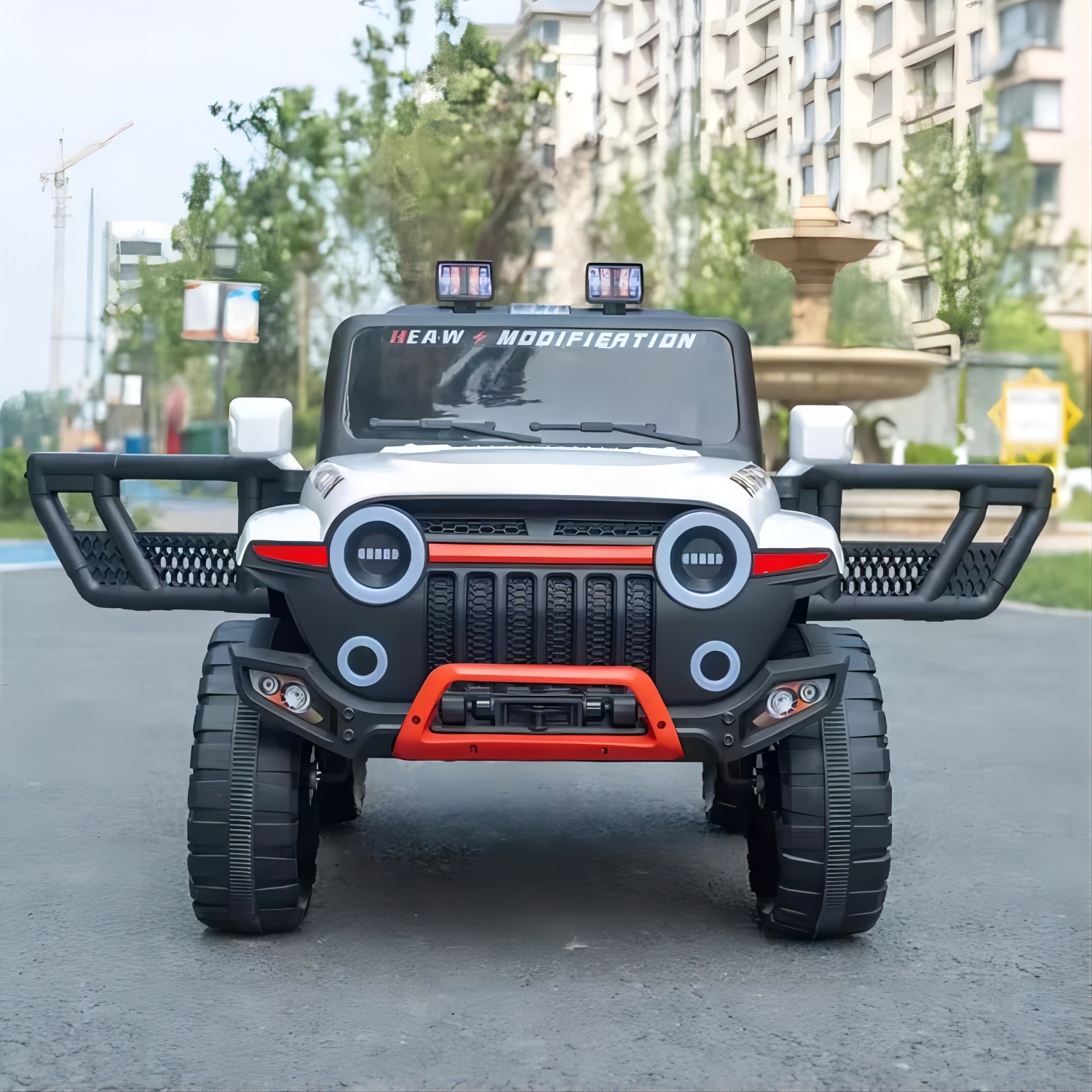

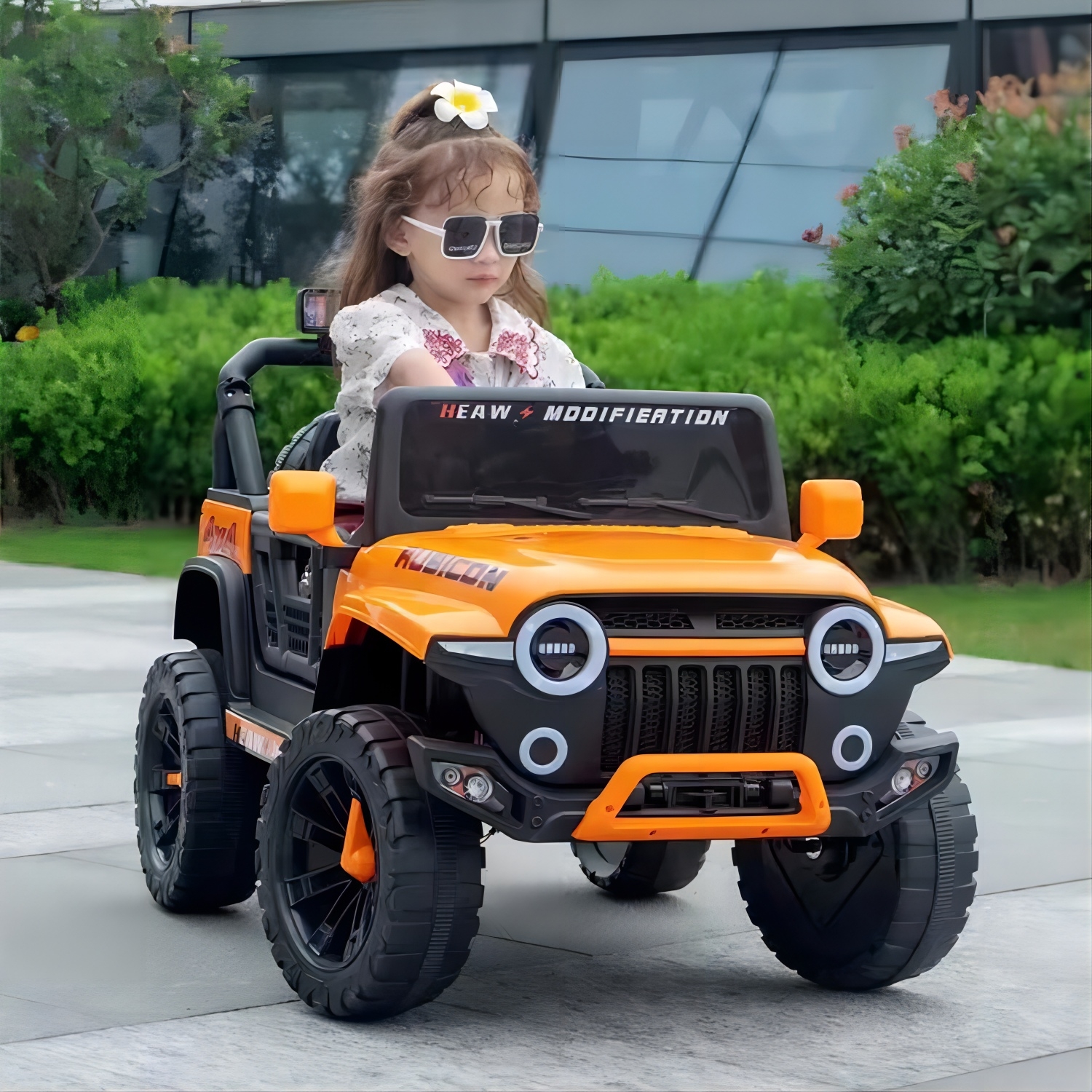
Bottom line: as a category, powered ride-on toys for kids - atvs manufacturer offerings are maturing. This 12V, dual-380 setup is a dependable baseline for retailers who want fewer surprises in QA and logistics.
References
- EN 71-1/2/3: Safety of toys (CEN).
- ASTM F963: Standard Consumer Safety Specification for Toy Safety (ASTM International).
- ISO 8124 Series: Safety of toys (ISO).
- Directive 2009/48/EC on the Safety of Toys (EU).
-
Discover the Best Electric Toy Car for Kids – Safe, Fun & Eco-Friendly RidesNewsNov.24,2025
-
Explore Safe and Innovative Electric Toy Cars for Kids – Features, Trends, and Buying GuideNewsNov.23,2025
-
Volvo S90 Children’s Electric Car – Ultimate Guide to Safe and Sustainable Kids’ MobilityNewsNov.22,2025
-
Volkswagen Children's Electric Car: Safe, Eco-Friendly Toy Vehicles for KidsNewsNov.21,2025
-
Spare Parts for Children's Electric Cars – Durable, Safe & Affordable ReplacementsNewsNov.21,2025
-
Porsche Children's Electric Car – Safe, Stylish, and Eco-Friendly Ride-Ons for KidsNewsNov.20,2025
